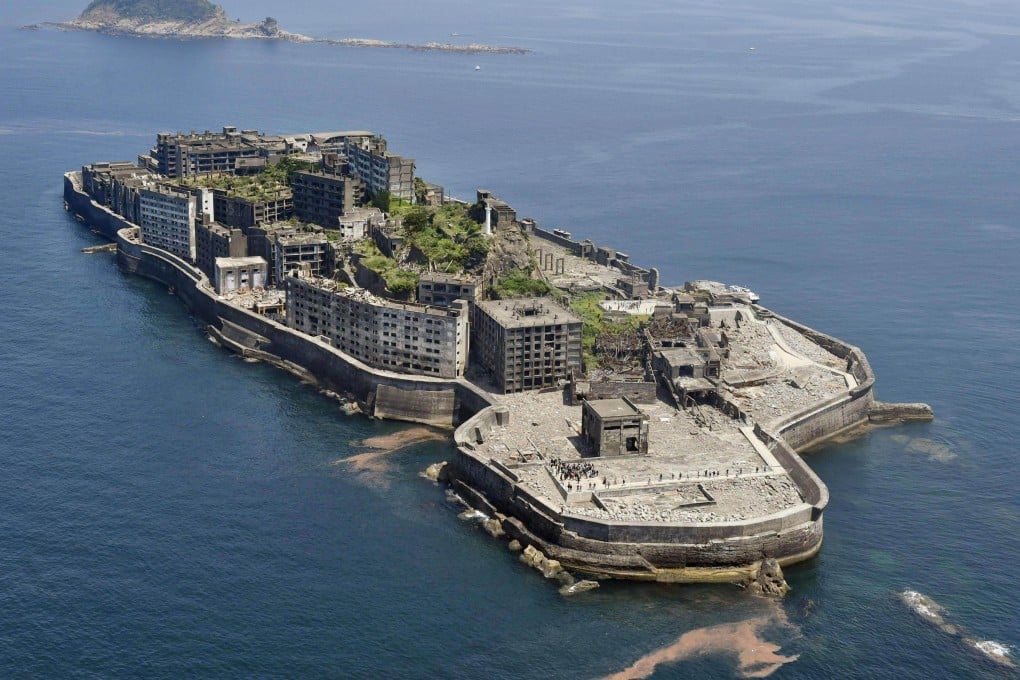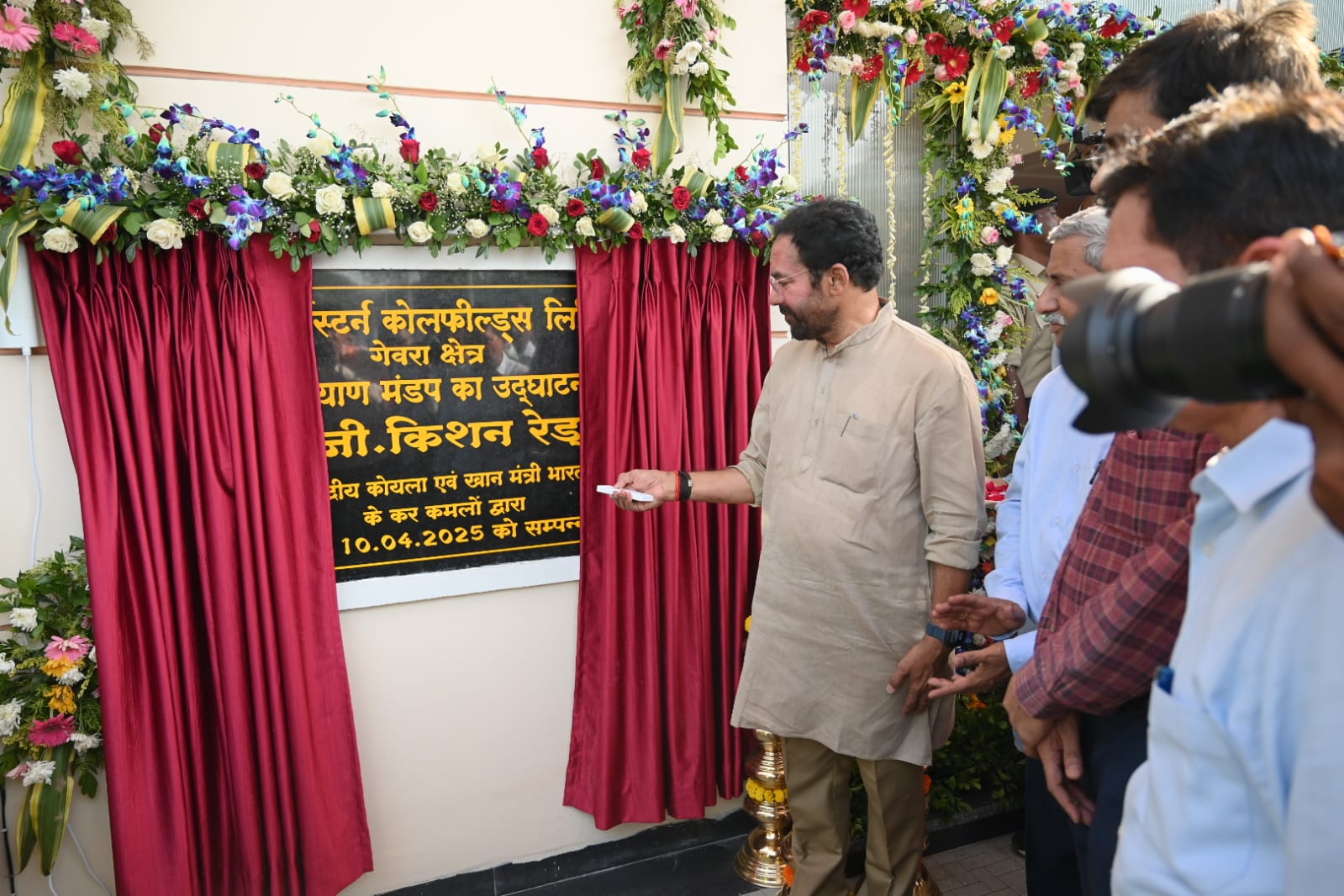NHK President Nobuo Inaba acknowledged in March that footage from the documentary Midori Naki Shima ( The Island That Has No Green ) was not filmed on location at Hashima Island and could not be verified as authentic. However, he stopped short of addressing the broadcaster’s editorial choices on air – a silence critics said undermined his admission. The documentary was filmed and originally broadcast in 1955, a decade after Japan’s surrender and after Koreans in Japan and its other territories had been permitted to return to the Korean peninsula.
“NHK has admitted that the images used in the documentary were inaccurate but they are still refusing to report the lies that they told,” said Hiromichi Moteki, acting secretary general of the Tokyo-based Society for the Dissemination of Historical Fact. “It is absolutely ridiculous.” Moteki accused NHK of being “controlled by leftists” who had for many years been highly critical of Japan’s imperialist expansion and colonial rule in the early 20th century.

He also alleged that the broadcaster’s handling of the documentary raised broader concerns about impartiality in its other programming..
Top

Japan’s NHK under fire for ‘fake story’ about coal mining island

Fabricated footage the broadcaster aired was used by South Korean media to claim that Koreans were forced to work on Hashima Island.











